
What is the problem?
After the annexation of Crimea due to illegal Russian construction and the alleged restoration of local monuments and excavations, Ukraine lost thousands of archaeological artifacts. During the full-scale aggression in 2022, the occupiers damaged, destroyed or stole thousands more historical monuments.
What is the solution?
The destruction of Ukrainian culture during Russia's hybrid war against Ukraine is no accident. The aggressor country has been trying to erase the original Ukrainian history for hundreds of years. Today, Ukraine's priority is human lives, but cultural heritage, in which archeology and architecture occupy a special place, is also essential. After all, this is the foundation of Ukrainian identity. Speaking loudly about Russia's cultural and archeological crimes today is urgent and necessary. Not only Ukrainians but also the whole world should know about the vicious essence of the aggressor.
Russia's archaeological crimes
Crimean peninsula
After the occupation of the Crimean peninsula in 2014, Russia began its attack on the cultural heritage of Ukraine in Crimea. Russian scientists began to actively "research" and "improve" the archaeological sites of the peninsula. In violation of the norms of international humanitarian law, to carry out illegal archaeological excavations, to appropriate archaeological values, and to take them out en masse to their territory. According to Ukrainian experts, during the occupation of Crimea, the Russian Federation could take away at least a million archaeological artifacts.
One example is the illegal excavations by Russian archaeologists in 2016 in the northeastern part of the Solkhat settlement (Staryi Krym). A fragment of a medieval aqueduct almost 20 meters long was discovered there, with some sections in close to perfect condition. In addition to the pipes, the Russians dug up the so-called technological block, which allowed changing the direction of the water line at an angle. The Russian robbers did not make any attempt to preserve these archaeological finds, which testify to the steady development of civilization on the territory of modern Ukraine. All six fragments and the technological unit were taken to St. Petersburg to the Hermitage.
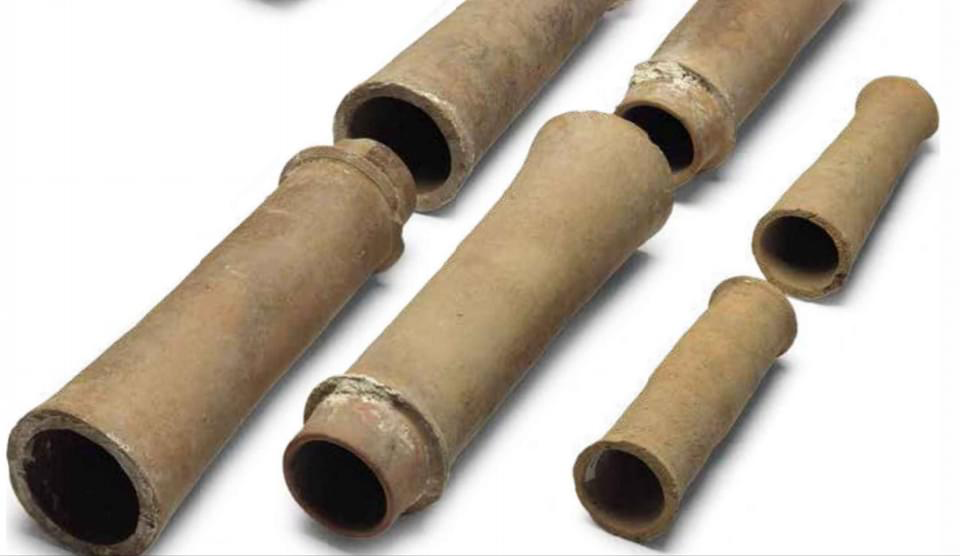
In 2015-2016, the museum-reserve "Khersones Tavriyskyi," a monument of world cultural heritage, became an "object of the cultural heritage of federal significance" by order of the Russian government. Since December 2017, the occupiers have started illegal large-scale archaeological work in the buffer zone of this object. A previously unknown part of ancient Chersonesus was discovered — three residential complexes and burial structures cut into the rock. The Russians illegally removed a large collection of dishes, metal, glass, stone and bone products, jewelry, lamps, and more than 600 coins from the archaeological site (some household items dating back to the 8th-9th centuries).
But Chersonesus is not only looted but also destroyed. While preparing for the so-called "international music festival "Opera in Chersonese" in 2018-2019, medieval arch stones and an ancient column were thrown away as garbage. Communications were laid on the remains of archaeological sites, and construction was carried out where research and restoration work had not yet been completed. Heavy equipment moved through the unexcavated part of the settlement.
During May 2021, earthworks and construction works using heavy construction equipment were carried out on the territory of the buffer zone of the reserve. Due to the indiscriminate excavation of the deep layers of the soil, the previously unexplored cultural layer of the monument was destroyed.
In 2022, Russian "archaeologists" resumed illegal excavations on the territory of the Sevastopol museum-reserve "Khersones Tavriyskyi." Seizures of valuables are now carried out on the initiative and under the Patriarchal Council for Culture (ROC) supervision. The goal of such patronage is the final leveling by the occupiers of the importance of ancient Chersonesus and the formation of the concept that it is the "cradle of Russian Orthodoxy."
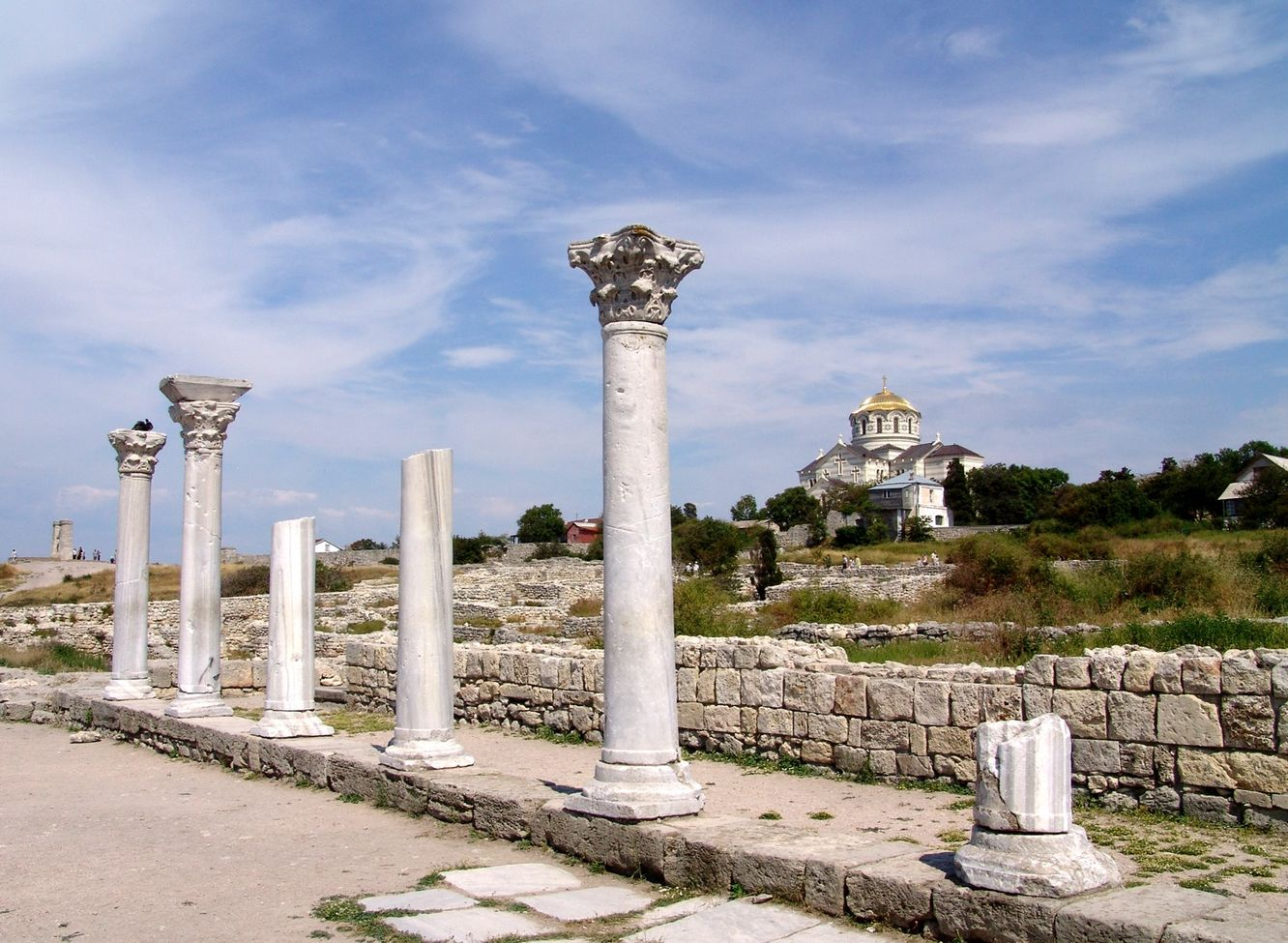
At the end of May 2017, the Crimean occupation media wrote that thanks to the construction of the Tavrida highway, archaeologists in Crimea found a unique settlement dating back to 1600 BC. In addition, the occupiers boasted that they made hundreds of thousands of archaeological finds during highway construction. Ukraine does not know what exactly these finds were and where they are now. Since the road construction had to be completed as soon as possible, there was no question about the quality of the archaeological work carried out. As for the Russian archaeologists who worked as contractors of the Russian Ministry of Defense, they actually participated in the crime.
Also, during the construction of Tavrida, the invaders dug up the graves of the ancient Muslim cemetery Kirk-Azizler near Bakhchisarai, the Scythian settlement "Kermen Burun," and many others with heavy equipment. All these sights cannot be restored, and they were covered with asphalt.
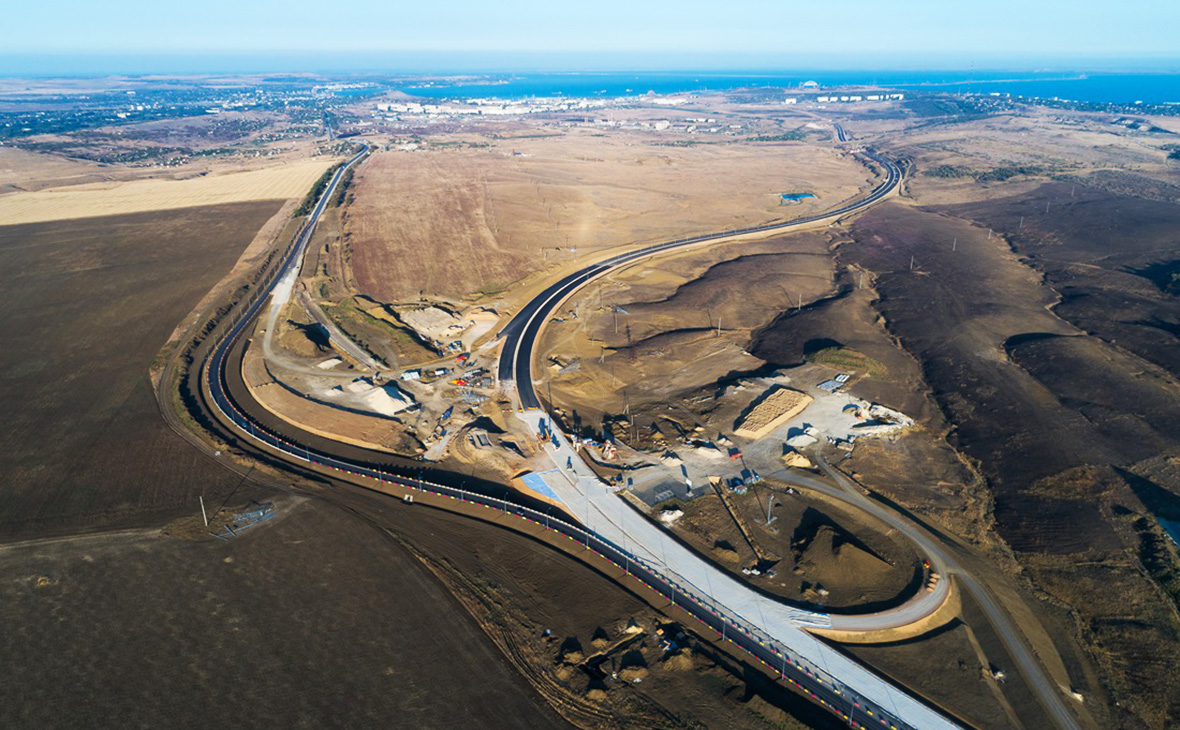
In Bakhchisarai, one of the buildings of the Khan's palace cracked after "restoration" works on the territory of the Crimean Tatar palace architecture monument. The work of the Russian invaders in Bakhchisarai Khan's Palace did not end there.
"The latest information we received indicates that they have led to irreversible changes. We are losing this monument. The occupiers carry out "restoration" even where there is no need for it," Elmira Ablyalimova, former director of the Bakhchisarai Historical and Cultural Reserve, noted at the beginning of 2023.
The Russians are dismantling the roof and ensemble of colored stained-glass windows of the Golden Cabinet, replacing the old roof with modern building materials, and erasing the national memory with a new building.
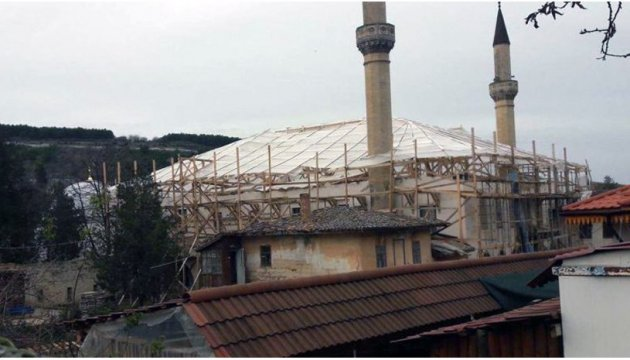
In the summer of 2022, the occupiers announced a plan to destroy several more archaeological sites in Crimea. They said they would build a railway through the prehistoric Tauri settlements and ancient burial grounds in the city of Inkerman. The Russians are planning to destroy Burial Ground No. 9 (II-I millennia BC), Tauri settlement No. 5 (VII-V centuries BC, I-XV centuries AD), Karierna settlement (approx. VIII-VI centuries BC), and the settlement of Ak-Kerman (approx. 15-18 centuries AD) and run trains directly along historical sights. Ancient settlements will be excavated, and everything found "will be entered into a report and handed over to Russian museums."
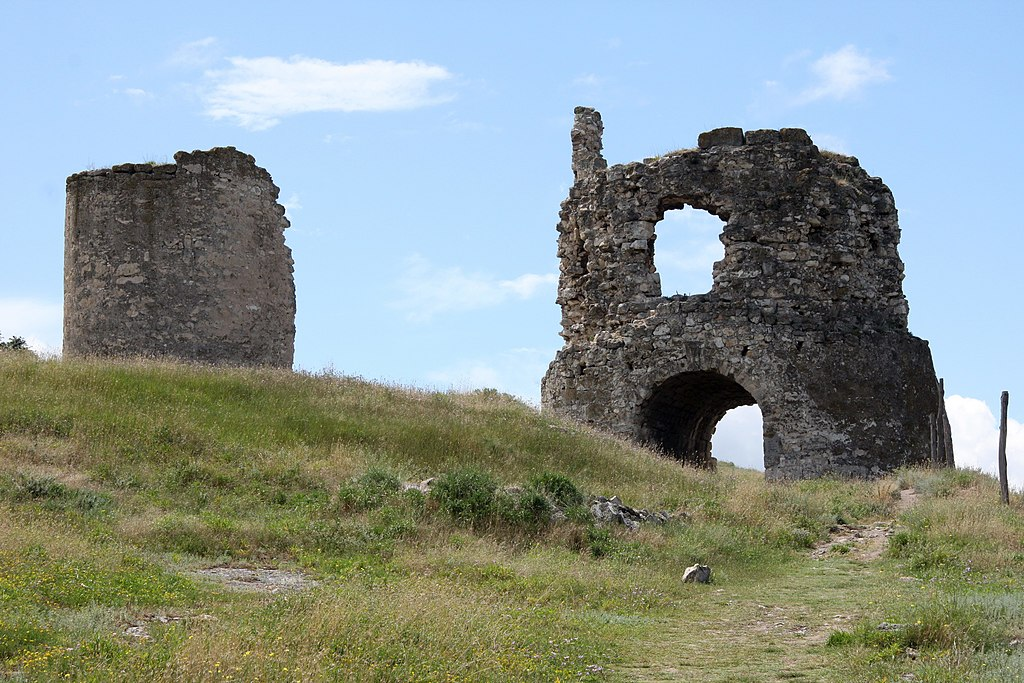
Donetsk and Luhansk regions
In the east of Ukraine since 2014, Russian troops made trenches in burial mounds and settlements during active hostilities. Graveyards were the most affected because they provided an opportunity to make technical fortifications for personnel. The first data on the destruction of archaeological sites appeared when Google Earth satellite images became available.
It is not known how many mounds were destroyed. According to the calculations of the Ukrainian historian Serhii Telizhenko, today their number is at least 60. If taking the occupied part of the Luhansk region into account, the number is much higher. Settlements, earthen burial grounds, and sites from Stone Age to the Middle Ages were also severely affected. Such settlements are mostly located near waterways, where battles are still occurring.
The Russians did not do any monitoring of the archaeological heritage. There is information about the destruction of a burial mound near the village of Dovhe in the area of the Bakhmut highway. From the Ukrainian drone, it is possible to see how russians were digging trenches and setting up a command post. Neither the employees of the local history museum nor the employees of Luhansk universities, where there are archaeological laboratories, visited those places. There were no actions to protect the archaeological heritage.
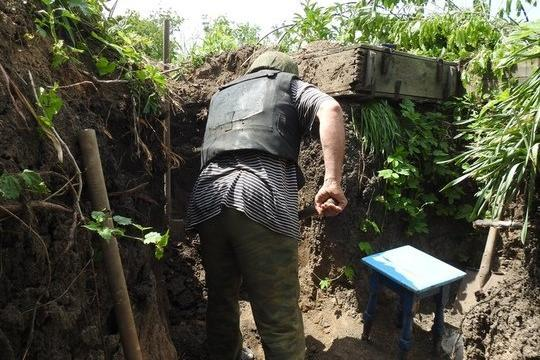
In the temporarily occupied Mariupol, the Russian occupiers destroyed a monument — the archaeological site "Kalmius Settlement." This archaeological site, located on the right bank of the Kalmius River, consists of a cultural layer over two meters thick. The settlement discovered in 2010 was investigated by the archaeological expedition of the Mariupol Regional History Museum from 2010 to 2015. On an area of 257 square meters, a Neolithic settlement related to the well-known archaeological site "Mariupol Neolithic Cemetery" of the 5th millennium BC was investigated.
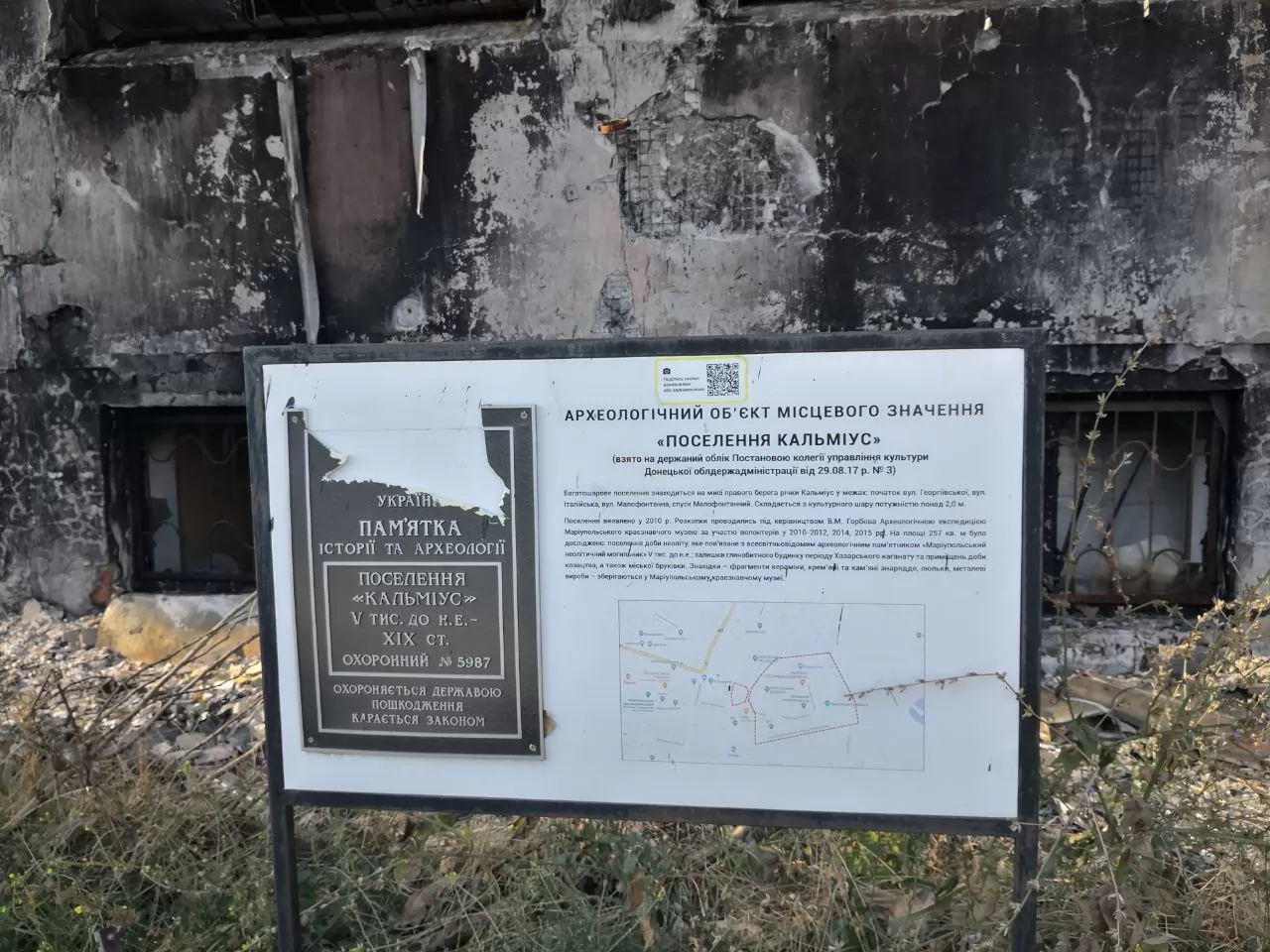
During the occupation of Mariupol, Russian troops destroyed two museums of the city — the local history museum and the art museum. In total, over 2,000 exhibits were stolen. Among the most valuable items were ancient icons, a unique handwritten Torah scroll, a 200-year-old Bible, and more than 200 medals. The works of artist Arkhip Kuindzhi were also stolen. The Russians say that they are supposedly saving the exhibits. But all this is designed for the internal audience. The main goal is to take the stolen valuables out of Ukraine.
The Mariupol museum buildings themselves did not survive either. The worst situation is with the main building of the Mariupol Museum of Local Lore, which came under fire at the beginning of March 2022. According to museum employees, most of the exhibits have not been preserved. And what was not destroyed by the fire, the Russian military took to Donetsk and handed it over to the local museum of local history. Their further fate is unknown.

Zaporizhzhia region
The fate of the Scythian gold collection from the Melitopol Museum is also unknown. To save the exhibits from the invaders, Ukrainian museum workers, as in World War II, even bricked them into the walls and buried them in the ground. According to employees, they hid the collection until the Russian military found it. At first, the occupiers claimed that the collection remained in Melitopol, then it was found in the cultural center in Berdyansk — the story about it was shown on Russian television. It is unknown where the collection is now and what the exact list of exhibits of Scythian gold stolen by the invaders is.
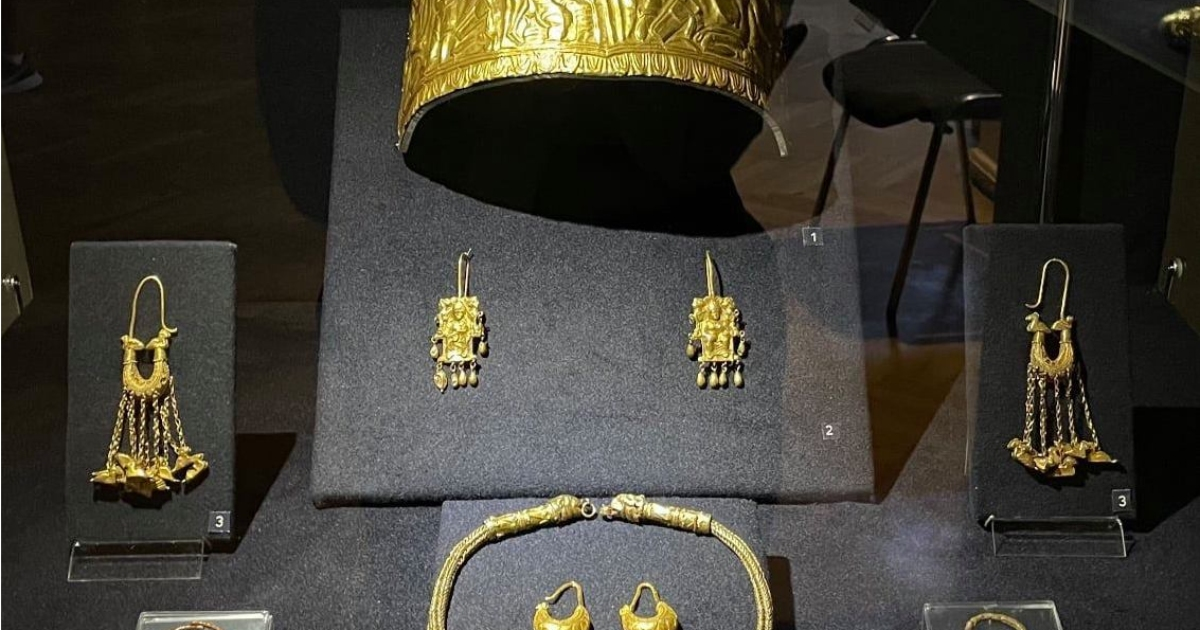
Kharkiv region
On Mount Kremyanets near Izyum, Russian invaders destroyed a stone Polovtsian woman dating back to the 9th-13th centuries. The sculptures are located on Mount Kremyanets. 8 out of 9 sculptures survived, and one was destroyed by a direct hit by a projectile.
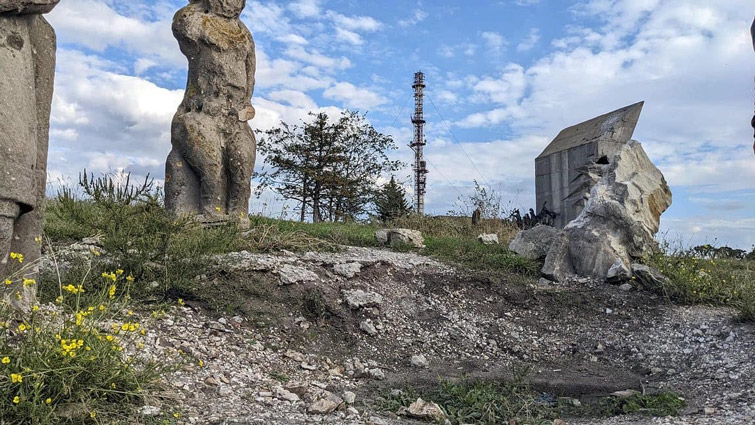
South of Ukraine
In October 2022, the Russian occupation authorities announced the "evacuation" of the Kherson Regional Museum of Local Lore. The Russians ransacked the archaeological and historical exposition, stealing archaeological finds from different periods, a collection of numismatics, and historical weapons. Among the artifacts seized by the Russians is the unique Leox stele (beginning of the 5th century BC), found during excavations at the Olbia cemetery and transferred to the Kherson Museum in 1895. Today's location of this and other museum objects is unknown.
Collaborators in Kherson took the remains of Prince Potemkin from the Cathedral of St. Catherine and took them out of the city. Almost everything was also stolen from the Kherson Art Museum. In addition to the previously occupied Kherson, the occupiers also looted the Kakhovka Art Gallery. It is known that more than a thousand exhibits were stored in the gallery, of which two hundred ninety-seven are paintings.
As a result of the actions of the Russian military, the archaeological monuments of the Kherson region — ancient mounds — are also destroyed. In particular, barrows in the area of the village of Davydiv Brid were damaged as a result of the shelling.
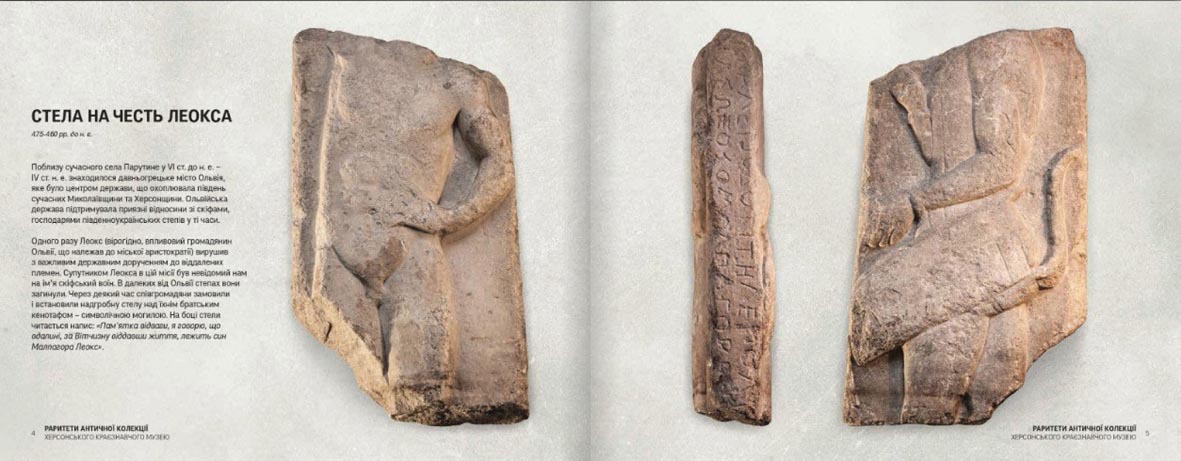
How to punish robbers and destroyers?
Now the occupiers are taking looted Ukrainian valuables to Russia and the territory of the temporarily occupied Crimea. But according to the Ministry of Culture and Information Policy of Ukraine, the Russians have already begun preparations for the "evacuation" of archaeological finds and valuable exhibits from Crimean museums. They plan to take them to the territory of the Russian Federation.
Last October, Ukraine appealed to UNESCO and other organizations with demands:
- to prevent another violation of international law by the aggressor state;
- refuse cooperation with Russian museums and other institutions;
- take measures to counter the illegal traffic of cultural values and the legalization of values illegally appropriated by the aggressor state, in particular, under the pretext of exhibitions from the funds of Russian museums or from excavations in the territories occupied by Russia, conducted after 2013.
"Russia should be banned from participating in world cultural projects, removed from cultural and scientific management," comments Evelina Kravchenko, a senior researcher at the Institute of Archeology of the National Academy of Sciences of Ukraine. "As part of the expert group of the Crimean Platform "Humanitarian Policy," I met with representatives of UNESCO. Through the Ministry of Foreign Affairs, we sent an appeal to the Director General of UNESCO with a description of our situation, a request to help in any way, and a demand to exclude Russia from UNESCO as a state that does not adhere to its fundamental principles."
At Ukraine's request, a monitoring mission should track what is stolen from its museums. All this is a very long process, but the work there is already underway.
As for the chances of returning the stolen goods to Ukraine after the victory, there is hope. But according to Kravchenko, everything will depend on what will be written in the surrender pact or peace treaty. If peace is made without surrender, it will be a very slow return mechanism through the UN.
"There is still a return mechanism through the International Criminal Court, but the procedure is complicated. Russia says that this conflict is not within its sphere of competence. We have long been insisting on creating a special tribunal specifically for this war," the expert notes.
Even more useful solutions!
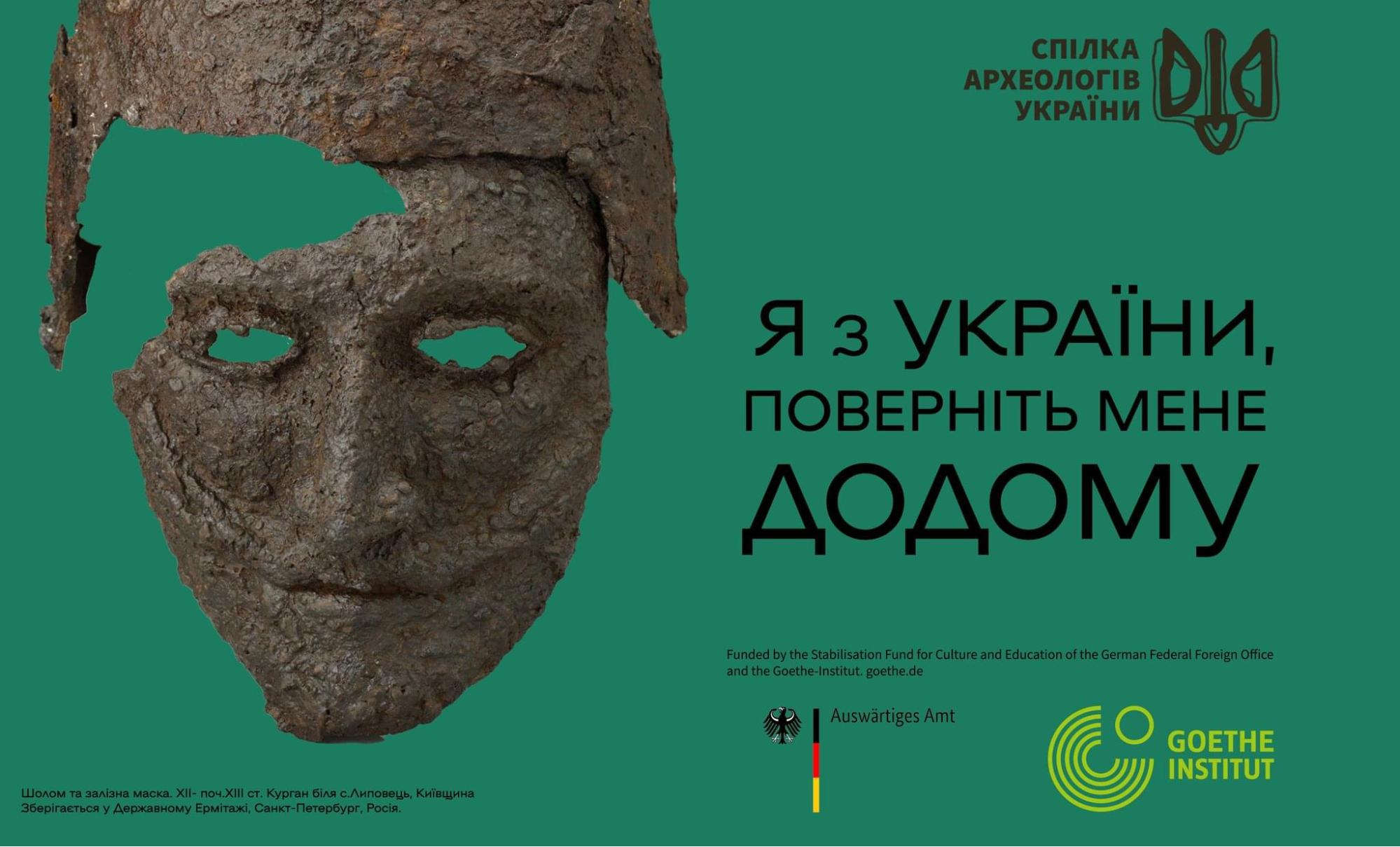
Russia was stealing Ukraine's culture and heritage long before 2022 and even the beginning of aggression in 2014. These robberies are not isolated unfortunate situations but the consequences and results of Russia's systemic long-term imperial policy aimed at appropriating Ukrainian cultural values, rewriting, and sometimes inventing the history of Ukraine convenient for Russia.
Countering the aggressor in this direction of the hybrid war is no less critical than on the actual front. An effective method of fighting the terrorist country is the implementation of informational and educational campaigns.
The NGO "Union of Archeologists of Ukraine" has initiated and implemented the project Archaeological Heritage Stolen by Russia — an informational and educational campaign about objects that were illegally removed from the territory of Ukraine. In this way, Ukrainian archaeologists want to draw public attention to the issues of the systematic export of Ukrainian historical values to Russia, highlight centuries-old imperial strategies of appropriation and plunder of national cultures, and talk about stolen archaeological artifacts and ideas.
Each project issue has a separate story: the discovery of archaeological finds, the mechanism of appropriation by Russia in action, the theft of ideas and results of archaeological research, the distortion of history, the erasure of human destinies, etc.
Newsletter
Digest of the most interesting news: just about the main thing








